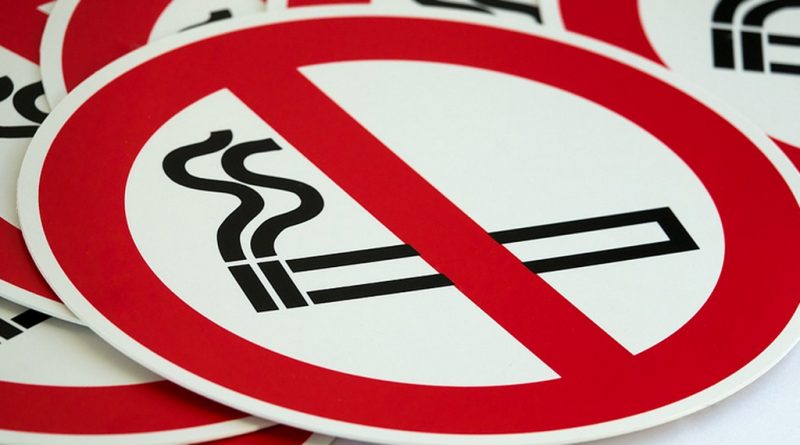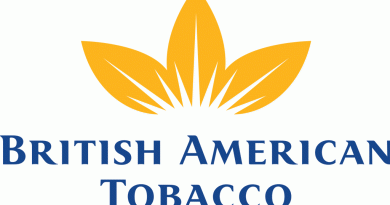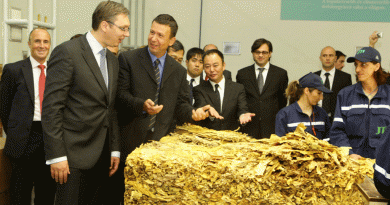New regulations on the transport of tobacco products. Already in force!
In May, new regulations on monitoring and tracing tobacco products entered into force in all European Union countries. These rules apply to producers, distributors and retail stores as well as carriers that transport tobacco products.
The Track & Trace Directive (T & T) came into force on 20 May 2019. According to its provisions, tobacco products are subject to full control from the moment they leave the producer’s location to the first retail outlet. The aim of the new regulations is to reduce the grey zone of cigarette sales across the EU.
Since 20 May, the retailing of cigarettes and tobacco has therefore been covered by the Tracking and Origin System of Tobacco Products (Track & Trace). From that day, each unit of tobacco product receives a unique identifier and is registered in the system. Track & Trace requires registration of entry into the possession and movement of tobacco products at all stages of their retailing, which occur before the first retail outlet. Thus, every stage in the commercial chain is reported.
New duties
In connection with the above-mentioned registration, carrier companies providing transport of tobacco products are also covered by the Track & Trace System. Obviously, there are additional obligations associated with this, although to a limited extent.
First of all, carriers transporting tobacco products must be registered in the system. If the transport takes place without transhipment, the first report is sent by the shipping operator and the next report is sent by the recipient – if the recipient is a retailer – no further report is required. If the transport company performs transhipment, then the company should report this transhipment.
According to EU regulations, costs related to equipping entities participating in the tobacco supply chain, including carrier companies, with devices for reading and transferring registered data to the system should be covered by the producers of such tobacco products.
Distributors face more obligations. They must report which cigarettes have been received from the producer, where they are currently located, and which products have been sold to the retail outlet. In addition, they are required to monitor the transport of tobacco products in detail by themselves. Each car trip with cigarettes must be reported. It is also necessary to provide the registration number of cars that the cigarettes are transported in.




